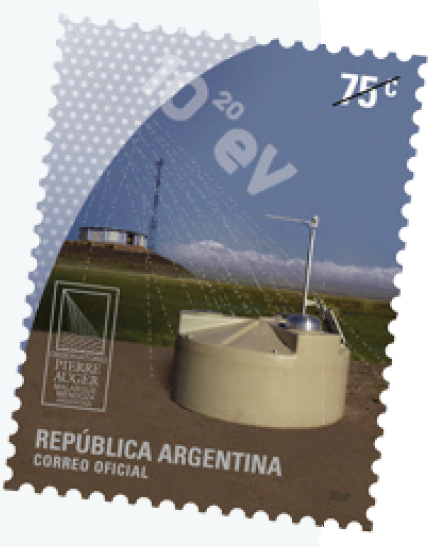The Pierre Auger Observatory and its Upgrade
REVIEW
Abstract
The Pierre Auger Observatory was built to study cosmic rays of the highest energies. It is installed in the Departments of Malarg¨ue and San Rafael in the Province of Mendoza, Argentina. The Observatory is based on a hybrid design, comprised by two detector systems: a surface array of 1660 water Cherenkov detectors is complemented with 27 fluorescence telescopes which overlook the atmosphere above the surface array. Covering a total area in excess of 3000 km2, it is the largest and most precise observatory of its kind. It has been in full operation for over a decade now. In this article we review the objectives and design properties of the Pierre Auger Observatory, present its performance and the main scientific results obtained so far, and we describe the Upgrade that is well underway to enhance its capabilities for the next decade of measurements.


